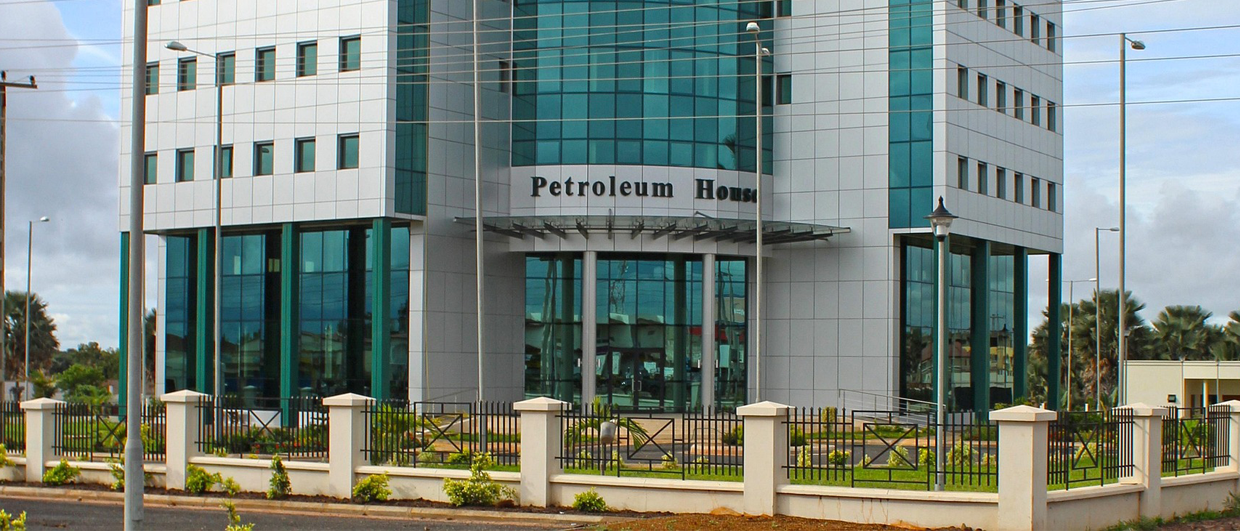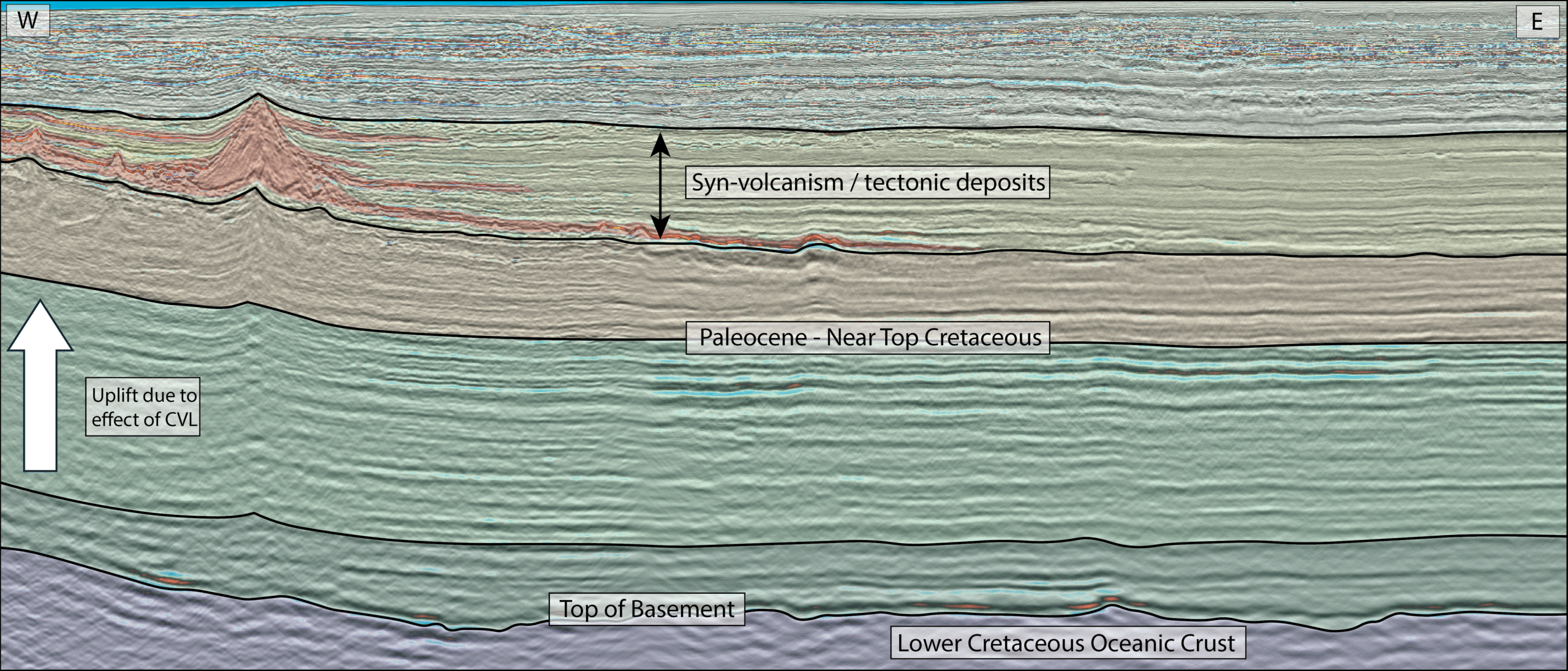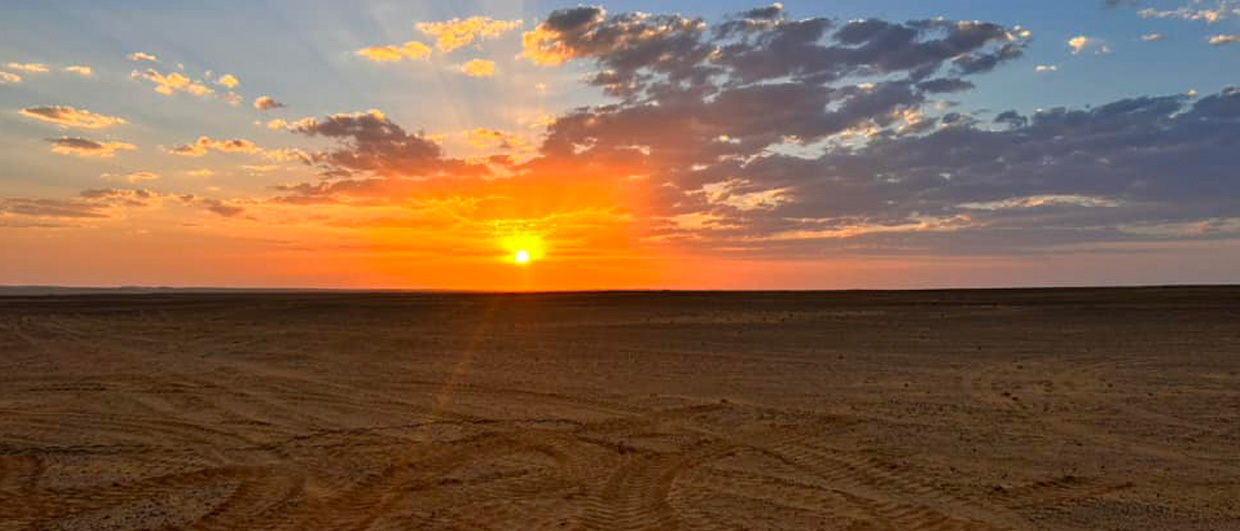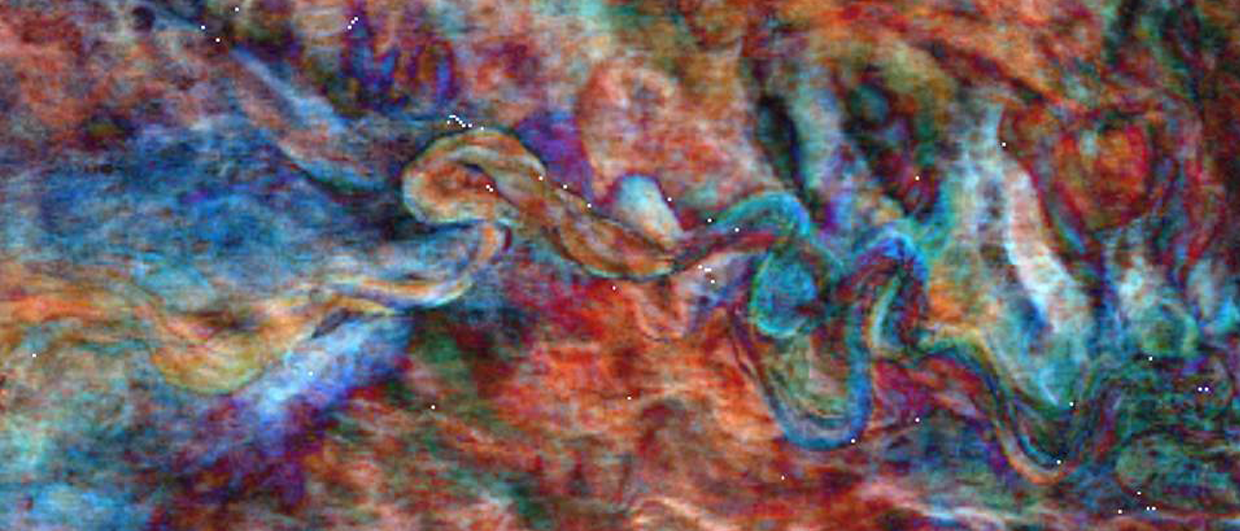Wellsite mud logging and reservoir geochemistry results in a better reservoir characterisation in real time, improving performance and reducing costs.
The Evolution of Geochemistry
A mud logging-geochemical unit operating in the USA for an unconventional well. Source: Geolog.
Petroleum geochemistry became a consolidated discipline in the oil industry only in the 1970s, but its real boom was in the ’80s. At that time, it was mainly focused on understanding the origin of oil and gas, but it quickly evolved through time to become a fundamental technology in exploration; biomarkers, source rock evaluation and gas isotopes all became very popular tools, adopted by almost every oil company. In the middle of the ’90s geochemistry started to be considered as a suitable tool for reservoir evaluation and for production optimisation. Detailed fluid and rock characterisations, obtained through different and advanced analytical tools, began to be used to better understand reservoir heterogeneities and to support production strategies. Reservoir geochemistry has become more and more widespread and is recognised as a useful tool in petroleum engineering.
The rapid evolution of instrumental analytical chemistry in those years greatly supported the growth of reservoir geochemistry. The availability of high resolution Gas Chromatography (GC) and Gas Chromatography Mass Spectrometry (GC-MS), assisted by ever more powerful computers and the accessibility of many other innovative analytical instruments, significantly increased the reliability of reservoir geochemistry, making possible its dissemination and extensive adoption.
Recent impressive improvements in instrumental analytical chemistry can be considered a real game changer, supporting further the development of reservoir geochemistry. This extraordinary progress in analytical instrumentation is due to two concurring factors. The first is the growing need for the urgent issue of environmental monitoring, which requires compact, portable and high performing equipment. Many instruments developed for this purpose can easily be adapted for oil industry use, improving sensitivity and resolution standards. The second factor is the continuous development of nanotechnologies, with spectacular consequences on analytical capabilities; the ‘labs-on-a-chip’ device is a clear but not unique example of this. Finally, a significant contribution to analytical capabilities comes from space exploration: one of the commonest types of XRD equipment, used by many service companies at wellsites, was created for mineralogical analyses on Mars.
This new generation of instruments has made possible a further important step in reservoir geochemistry: activities are moving from the lab to the wellsite. Compact and robust instruments, designed to run environmental analyses in any location, can be easily installed in mud logging units at wellsites. This is a great example of cross fertilisation, with technologies developed in one industrial sector being easily adapted to the needs of the oil industry and quickly adopted.
This is, in short, the reason for the marriage between reservoir geochemistry and mud logging.
The Evolution of Mud Logging
TE-GC analyses: different types of oils from cuttings. Source: Geolog.
By comparison, mud logging was born many years ago, long before geochemistry. Originally, it was a basic tool for detecting hydrocarbon hints in drilling mud: any fluorescence or gas bubbling, discovered at the surface, was considered a positive sign, indicating possible hydrocarbons. At the very early stage of petroleum exploration, this was one of the few tools available to detect hydrocarbon presence in the drilled sedimentary sequence. When, many years later, in the ’60s, gas detection became quantitative and more accurate, mud logging turned out to be a fundamental service for monitoring the amount of gas entering the hole, to prevent kicks and possible blow-outs due to changes in mud density. Thereafter mud logging was considered an important and essential tool for safety, but the growing accuracy in gas detection, including quantitative distinction among different gas species in the range C1–C5, extended its application further to reservoir evaluation. Over time mud logging became a common tool both for safety and reservoir characterisation, although for the latter task wireline logging, and later logging while drilling (LWD), has always been considered to be the reference tool.
Nowadays, mud logging is continuously growing and constantly gaining credibility, thanks to a systematic approach using well-calibrated and standardised devices for gas extraction at a constant temperature, pressure and volume, and to a full and reliable chemical characterisation of extracted hydrocarbons in the range C1–C8. This is eroding the predominance of wireline logs and LWD.
Combining Wellsite Mud Logging and Reservoir Geochemistry
C1–C5 and C6–C8 analyses are performed on hydrocarbons extracted from mud, C9–C28 analyses on hydrocarbons from cuttings. Source: Geolog.
Reservoir geochemistry and other lab activities have been moved to the mud logging units at the wellsite, already designed to host analytical instruments. The logical next step was to integrate mud logging and reservoir geochemistry to provide more reliable and exhaustive answers to technical issues.
An example of this is the integration of chemical analyses performed on gas extracted from mud with isotopic carbon analyses. This additional characterisation of gas composition can be used to get important information. In the case of gas shows in the cap rock, the isotopic value can clarify whether the gas was generated in situ, if the isotopic composition indicates abiogenic gas; or whether it is escaping or has escaped from the reservoir, if the isotopes show the isotopic signature of a thermogenic gas, similar to that of reservoir gas. Isotopes can also highlight whether oil and gas in the reservoir migrated to the trap together or if they are the products of two different phases of source rock maturation or even show that the gas has a different origin to the oil. All these pieces of information have a direct impact on exploration, but also on field development and on the evaluation of the petroleum potential of an area.
Another example is the integration of mud gas data and geochemical analyses on cuttings. Very recently Thermal Extraction Gas Chromatographic (TE-GC) analyses of cuttings were introduced at the wellsite. This type of analysis is a very powerful tool for discriminating between different types of oils, providing in real time important information about oil type in the reservoir. The figure above is a clear example of this.
Inside an operational Geolog unit. Source: Geolog.
Simultaneously, additional information about the oil can be obtained by using pristane/phytane ratio. These are two biomarkers that can easily be detected through TE-GC analysis and their ratio can be used to understand oil origin and, when combined with the concentration of other molecules like C17 and C18, to give an indication of oil thermal maturity.
Similar information can also be indirectly obtained from light hydrocarbon (C5–C8), extracted from mud. By combining these two pieces of information together uncertainties can be drastically reduced and the final interpretation highly improved. The light fraction of hydrocarbons is always lost in cuttings during preparation for TE-GC analyses, so by combining light hydrocarbons extracted from mud and TE-GC trace we can have a full and complete analysis of hydrocarbons trapped in the reservoir, as shown in the image above right.
Sometimes mud contamination, mainly coming from oilbased muds, can heavily interfere with both methodologies, but their integration greatly reduces uncertainties and avoids misinterpretations. In the case of different migration phases from the same source rock at a different level of thermal maturity, or from different source rocks, integration of the two methodologies can help the whole process of defining the true petroleum potential of the area.
Another example of fruitful integration between mud logging and reservoir geochemistry is the combination of mud gas data and X-ray diffraction (XRD) and X-ray fluorescence data (XRF). XRD provides a mineralogical characterisation of the reservoir by using cuttings, whereas XRF performs a chemical elemental characterisation of them. Both these techniques have been applied at wellsites for a few years, but nowadays dramatic improvements have been introduced by companies like Geolog. The combination of mud logging and reservoir geochemistry allows a detailed zonation of the reservoir according to different facies, based on mineral occurrence and different ratios of elements detected by XRF, all using well-established interpretation criteria defined in the frame of chemo-stratigraphy.
A combination of reservoir zonation, obtained through XRF and XRD, and hydrocarbon occurrence from mud logging data, can be very useful to determine and characterise the most favourable intervals in the reservoir, to be easily recognised in appraisal or development wells.
Recent improvements obtained in clay mineral quantification through using new advanced instruments and sophisticated software for XRD data processing also makes possible and fruitful the application of this integrated approach in unconventional resource plays, where source rock and reservoir are the same geological object and clay minerals can be particularly abundant.
Integrating Wellsite Techniques Adds Value
It has been demonstrated by several field applications that the marriage between mud logging and reservoir geochemistry is very fruitful and can generate a lot of added value, but the process of integration is still ongoing. Many other analytical techniques are likely to be moved to the wellsite over the few next years and this will offer other opportunities like those just described.
Many more pieces of information with lab quality will in future be provided at the wellsite in real time, allowing us to take better decisions at the right time, to reduce costs and to improve integrated reservoir characterisation. There will be additional clear benefits not only for exploration but for field development and production optimisation; all this by exploiting technologies developed in other industrial sectors.
Further Reading on Geochemistry and Wellsite Analysis
Some recommended GEO ExPro reading on articles relating to geochemistry in petroleum geology and wellsite analytical techniques.
Surface Geochemical Campaigns
Stephanie Ingle and Jim Gharib; Fugro
Reducing costs and risks of deepwater hydrocarbon exploration: the benefits and technology of seep hunting and surface geochemical campaigns.
This article appeared in Vol. 15, No. 5 – 2018
Sediment Provenance Analysis
Marta Barbarano; Chemostrat
Integration of sediment provenance analytical techniques is yielding critical new insights for hydrocarbon explorers around the world.
This article appeared in Vol. 15, No. 5 – 2018
The Geochemist’s Tool Box
Patrick Barnard, Ian Cutler and Helen Kerr, APT
The conjugate petroleum systems of the North Atlantic, finding hydrocarbons and developing the assets – all viewed through the oil-stained spectacles of geochemistry.
This article appeared in Vol. 13, No. 6 – 2016
Bringing the Lab to the Field
Henderson Watkins and Rebecca Techeira, Weatherford International Ltd.
Bringing advanced laboratory analysis to the field: Weatherford International’s new formation evaluation service brings advanced, laboratory-based testing techniques to the field, enabling faster, more informed reservoir management decisions for unconventional plays.
This article appeared in Vol. 9, No. 2 – 2012





